- Written by sherlley
- Hits: 3167
solar mobile charger!!!
www.bbc.co.uk/go/em/fr/-/news/technology-13805010
Have a look...clean energy...much in demand.
www.bbc.co.uk/go/em/fr/-/news/technology-13805010
Have a look...clean energy...much in demand.
REPORT ON YI CONNECT SESSION WITH MR. SARATH BABU, CEO, FOOD KING CATERING SERVICES
This is to share my thoughts & experience at hotel “the METROPOLE”: a place where YI connect session was held on 20 May ‘11. Eleven of our 1st year students—Balamunia Samy, Syed Ali, Francis Ruban, Manivel (CIVIL); Naveen Kumar, Madhan Gopi (MECHANICAL); Alan John Samuel, Balaji, Ravi Kumar (CSE); Ashok Kumar, & Mathialagan (EEE)—took part in this meet.
Mr. Sarath Babu’s target was on the following—
Babu made the distinction between born & made entrepreneurs apt by citing Anil Ambani’s lineage where they stand as born entrepreneur—passing on wealth within the family; hence commencing a business doesn’t demand any hard foundation; whereas the rest falls under the made-entrepreneur category. He suggested the Madurai citizens to make an appeal to the politicians, put more pressure on the toppers of Madurai to construct more IT companies & be technologically sound like any other metropolitan place. Getting back to the heart of the topic, Babu stressed on the importance of “waiting” in any work by bringing an analogy of a Japanese bamboo tree. A bamboo tree grows up to 6inches for the first 6yrs., and up to 90-foot for the next 6yrs. The reason why it takes 6yrs. initially to grow for such a small height is to spread its roots in all possible directions, strengthen itself and then grow to a massive height of great value. Likewise a made-entrepreneur should make him valiant by taking risks, gaining experience and thereby spreading his roots of progression. Also he spoke of throwing aside one’s ego and bump into action under all circumstances. Working on a small scale business as, say, an idly shop, one must not be ashamed of it, but instead be proud considering it as an experience that would certainly help them to grow in business arena. His final touch was on the vitality of focus & concentration; to elucidate it he brought his real life instance: as a child, Babu used to help his mom in selling the idllies after school and later sits to study. While studying his mind would wander & wonder at the privileges his rich classmates have; and has even thought of quitting his studies at times. But then a flash struck him which enabled to realize how gifted in a way he was—when the rich could afford to study in a well-furnished room, they are vulnerable to diversions—to look around the bright lit room—intrusions—as to see who talks to whom etc. And for Babu, with just a kerosene lit lamp whose light would not reach over a foot, the room prevented from distraction & taught him to be focused only on his “books”. This created a fire in him and has made him to reach greater heights; the proof of which is the “MTV Youth Icon Award” he received in 2008.
For Babu, his mother, who once sold idlis on the pavements of Chennai and worked as an ayah, is a pillar of strength. From a slum in Chennai to the top stratum of academia with an enrollment in Chemical Engineering at BITS, Pilani and IIM-A, Babu is now a 30-year-old, rags-to-riches whose life stands as a foundation of success to many aspiring young citizens.
Our students enjoyed interacting with Babu & coped to answer his questions. The crowd, including the press members enjoyed & applauded the brilliance of Balamunia Samy (I CIVIL) who spoke in par with Babu & cross-examined him effectively.
ICTACT & ORACLE Instructor Led Programme was inaugurated by Mr. S. Subramaniam, DGM of ICTACT on 16th May 2011 at Vickram College of Engg. This was the first ORACLE-11g -DBA training programme for faculty members in South Tamil Nadu where 38 faculties from 38 colleges participated and benefited. Mr. Ajeet Mishra and Ms. Swathi, the trainers of ORACLE Academy, Delhi, conducted this 5-day training programme. The trainers divided the participants into two groups for better learning, and the following topics were covered during the programme.
|
Date |
Topics covered |
|
16-5-11 |
Architecture of oracle, Oracle DB architecture,Process architecture & DB installation |
|
17-5-11 |
Managing DB, Network Management, Parameter files & Data dictionary |
|
18-5-11 |
Administering user security, Managing data concurrency, Managing undo data & Implementing Oracle DB auditing |
|
19-5-11 |
DB Maintenance, Performance Management, Backup & Recovery concepts. |
|
20-5-11 |
Multiplexing of Redo & Control files. |
During this training period the trainers keenly observed the participants and clarified their doubts in a friendly manner at practical sessions.
The valedictory function was held on 20 May 2011 at 4.00.p.m., wherein Dr. S. Kathirrvelu, Principal, VCE; Mr. S. Nagarajan, Administrative Officer, Mr. D. Weslin, Head, CSE; Mr. S. Uma Maheshwaran, Asst. Prof., CSE made their venerable presence. The chief guest of the function Mr. Jeyachandran, Relationship Manager, ICTACT handed over the certificates to participants. The programme ended with vote of thanks presented by Mr. S. Uma Maheshwaran.
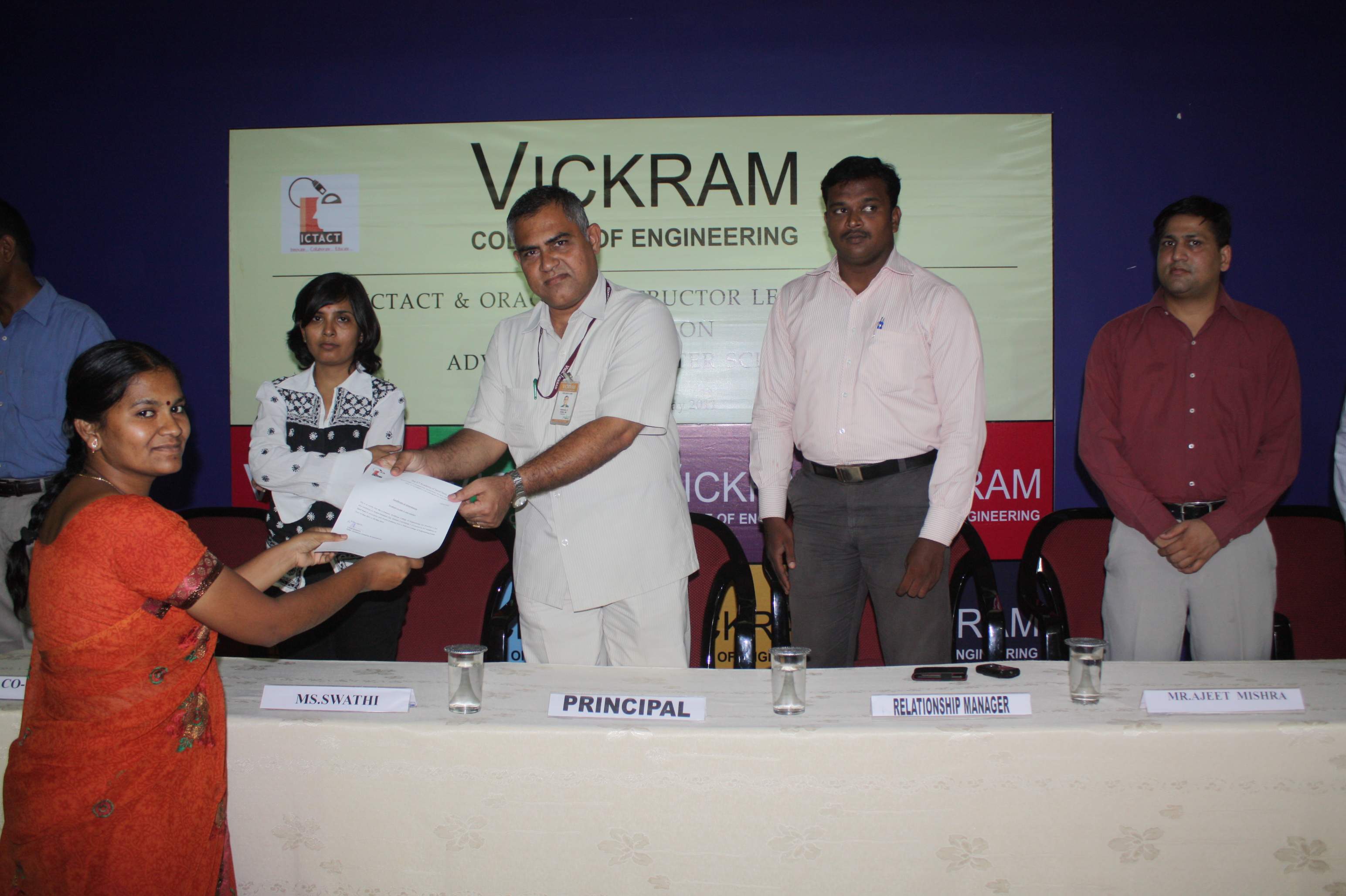
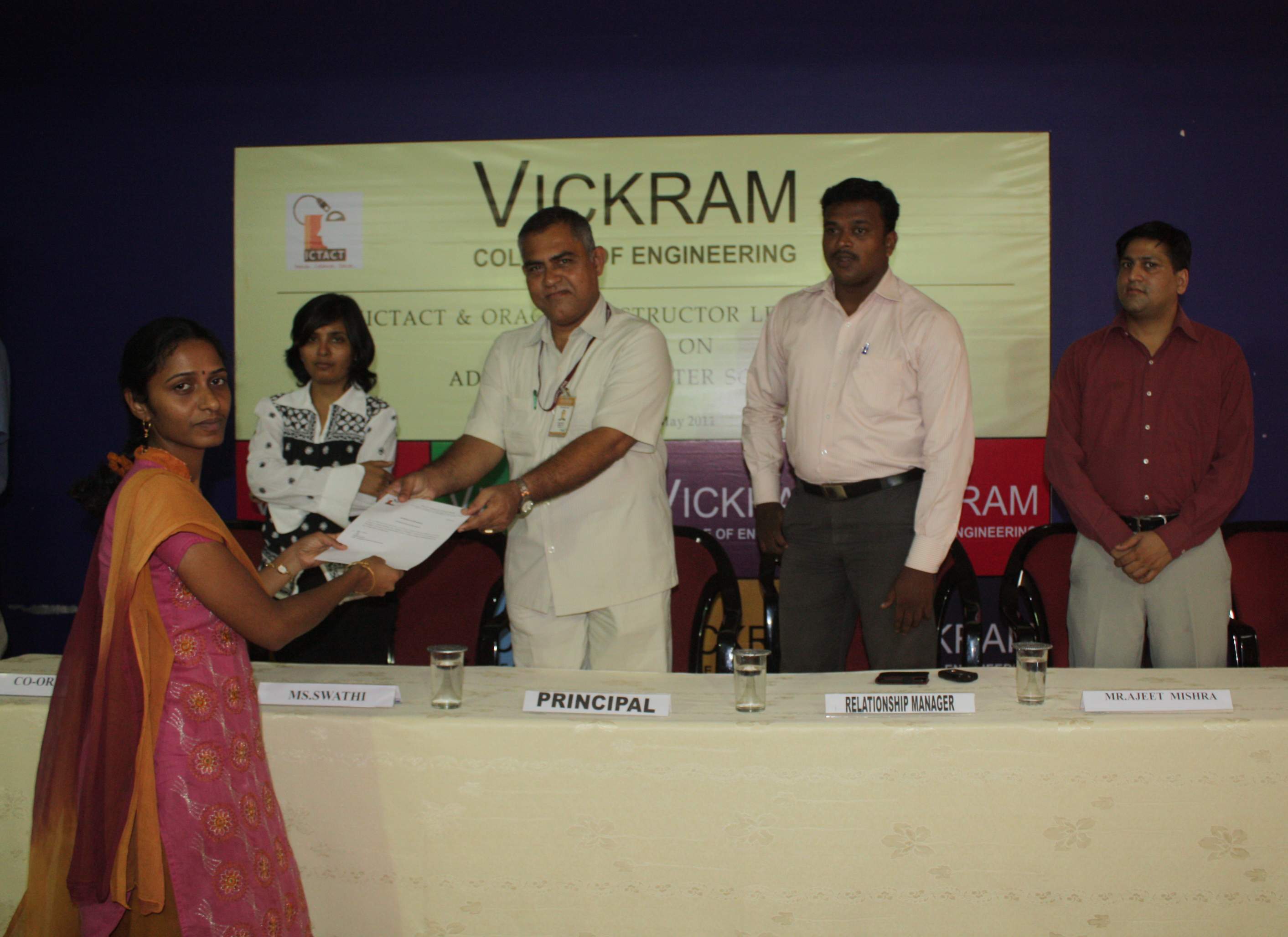
Battery technology hasn't kept pace with advancements in portable electronics, but the race is on to fix this. One revolutionary concept being pursued by a team of researchers in New Zealand involves creating "wearable energy harvesters" capable of converting movement from humans or found in nature into battery power. 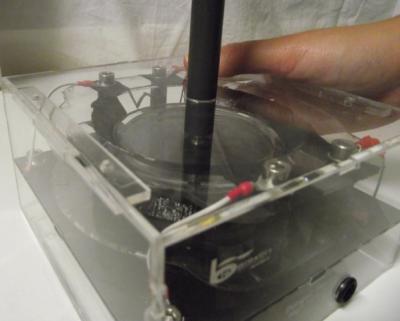 A class of variable capacitor generators known as "dielectric elastomer generators" (DEGs) shows great potential for wearable energy harvesting. In fact, researchers believe DEGs may enable light, soft, form-fitting, silent energy harvesters with excellent mechanical properties that match human muscle.
A class of variable capacitor generators known as "dielectric elastomer generators" (DEGs) shows great potential for wearable energy harvesting. In fact, researchers believe DEGs may enable light, soft, form-fitting, silent energy harvesters with excellent mechanical properties that match human muscle.
Dielectric elastomers, often referred to as artificial muscles, are stretchy materials that are capable of producing energy when deformed. In the past, artificial muscle generators required bulky, rigid, and expensive external electronics.
The need for external circuitry is eliminated by integrating flexible electronics -- dielectric elastomer switches -- directly onto the artificial muscles themselves. One of the most exciting features of the generator is that it's so simple; it simply consists of rubber membranes and carbon grease mounted in a frame. Researchers are working to create soft dexterous machines that comfortably interface with living creatures and nature in general. The soft generator is another step toward fully soft devices; it could potentially be unnoticeably incorporated into clothing and harvest electricity from human movement. When this happens, worrying about the battery powering your cell phone or other portable electronics dying on you will become a thing of the past. And as an added bonus, this should help keep batteries out of landfills.
A jaw-dropping feat of volcanic architecture has risen in the Italian city of Nola, just a stone's throw away from the cataclysmic Mt. Vesuvius. Designed by Renzo Piano, the Vulcano Buono ("good volcano" in Italian) is an epic cone-shaped commercial center crowned with a sloping green roof. Piano's "good volcano" contributes a vital new space to the southern edge of the Nola commercial district, which is the most important freight terminal complex in southern and central Italy. Inspired by the surrounding landscape, Vulcano Buono has a gently sloping profile that rises from the earth as a grassy green knoll. The structure’s roof is carpeted with a vegetative layer of over 2,500 plants that helps to insulate the interior spaces and reduces the structure’s visual impact so that it’s barely visible from space.
A 150 meter-wide clearing in the volcano’s crater lends space for an outdoor theater, a market, and a sloping pine forest. Rising around this heart is a concentric series of circles that form the center’s commercial areas. The volcano’s slopes are held by structural components meant to evoke trees – each “trunk” sprouts three or four supporting “branches”.
The roof of Vulcano Buono is laced with a series of skylights fitted with solar-control double-pane glass that allows daylight to filter through the mall, reducing energy needs from lighting. The interior of the complex houses shops, a supermarket, a 2,000 seat cinema, restaurants, and a hotel. 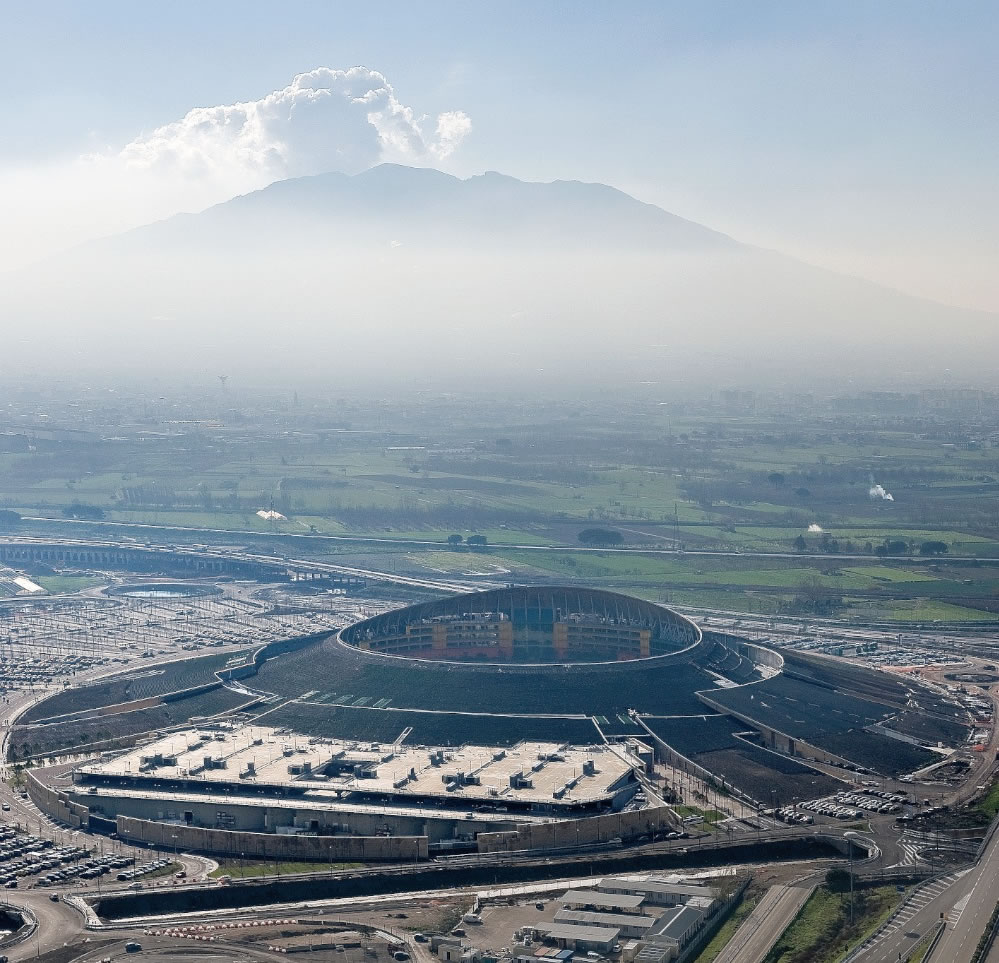
.jpg)
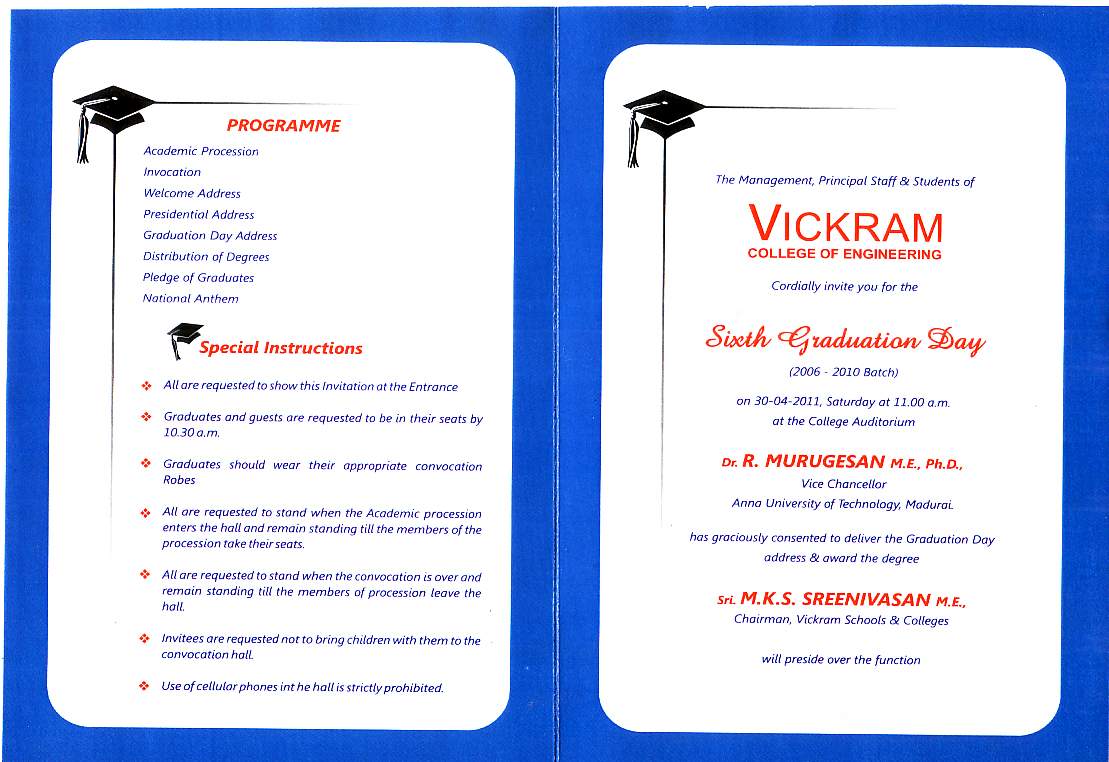
Scientists have developed a new super-strong fiber from the stems and leaves of fruits like pineapples, bananas, and coconuts. The fiber is so strong, it may be integrated into automotive plastics in as little as two years. Scientists have developed a new fiber from fruits like pineapples and bananas that is almost as strong as Kevlar, the fiber used in bulletproof vests. The new fruity “nano-cellulose” fiber is so strong that researchers plan to use it to reinforce plastics like those used to make automobiles. The new fibers will help bring in an era of plastics that are stronger, lighter, and more environmentally friendly than those in use today. Unfortunately, however, your new car probably won’t taste of citrus. The properties of these plastics are incredible. They are light, but very strong — 30 per cent lighter and 3-to-4 times stronger. It is believed that a lot of car parts, including dashboards, bumpers, side panels, will be made of nano-sized fruit fibers in the future. For one thing, they will help reduce the weight of cars and that will improve fuel economy. The fruity fiber plastics may have mechanical advantages over current automotive plastics as well. Nano-cellulose reinforced plastics may be more resistant to heat, gasoline, water, and oxygen damage. The product is ready to go too. It is estimated that automotives with this new fiber would begin popping up as soon as two years from now. Beyond that, even metal parts may be replaced by fruit. So far, it was focused on replacing automotive plastics but in the future, it may be able to replace steel and aluminum automotive parts using these plant-based nanocellulose materials. Traditionally, cellulose fiber has been gathered from trees and used to make paper, among other things. More recently, scientists have found a way to extract tiny nano fibers from wood and other plants. These fibers are so small that 50,000 could fit across the width of a single human hair. Pineapple leaves and stems, in particular, are one of the most promising sources for nano-cellulose fibers. Bananas and coconut shells are also good sources of nano fibers. It is speculated that these plastics could eventually replace artificial heart valves and other body parts as well.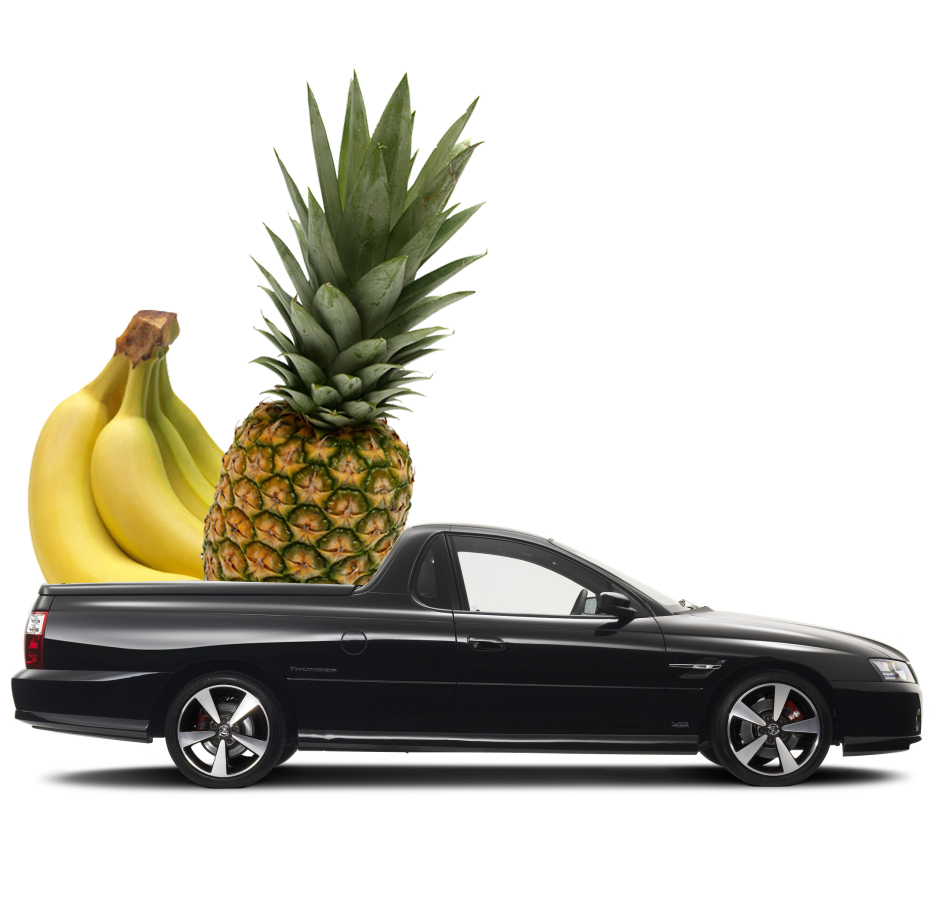
Antarctica is a land of extremes: it is the coldest and driest continent on Earth and has the highest average elevation. Antarctica is technically a dessert. It receives less than two inches of precipitation a year, about the same amount of precipitation as the Sahara Desert. One interior region of the Antarctic is known as The Dry Valleys. These valleys have not seen rainfall in over two million years. With the exception of one valley, whose lakes are briefly filled with water by inland flowing rivers during the summer, the Dry Valleys contain no moisture (water, ice, or snow). The reasons why the Dry Valleys exist are the 200 mph Katabatic down winds which evaporate all moisture. The dry valleys are strange: except for a few steep rocks they are the only continental part of Antarctica devoid of ice. Located in the Trans-Antarctic Range, they correspond to a mountain area where evaporation (or rather, sublimation) is more important than snowfall, thus all the ice disappears, leaving dry barren land. The freezing temperatures and the absence of water, plant life, and animal life simulate, to a degree, conditions on the Planet Mars. Consequently, the Dry Valleys are used as training grounds for astronauts who may one day make a voyage to our neighboring planet.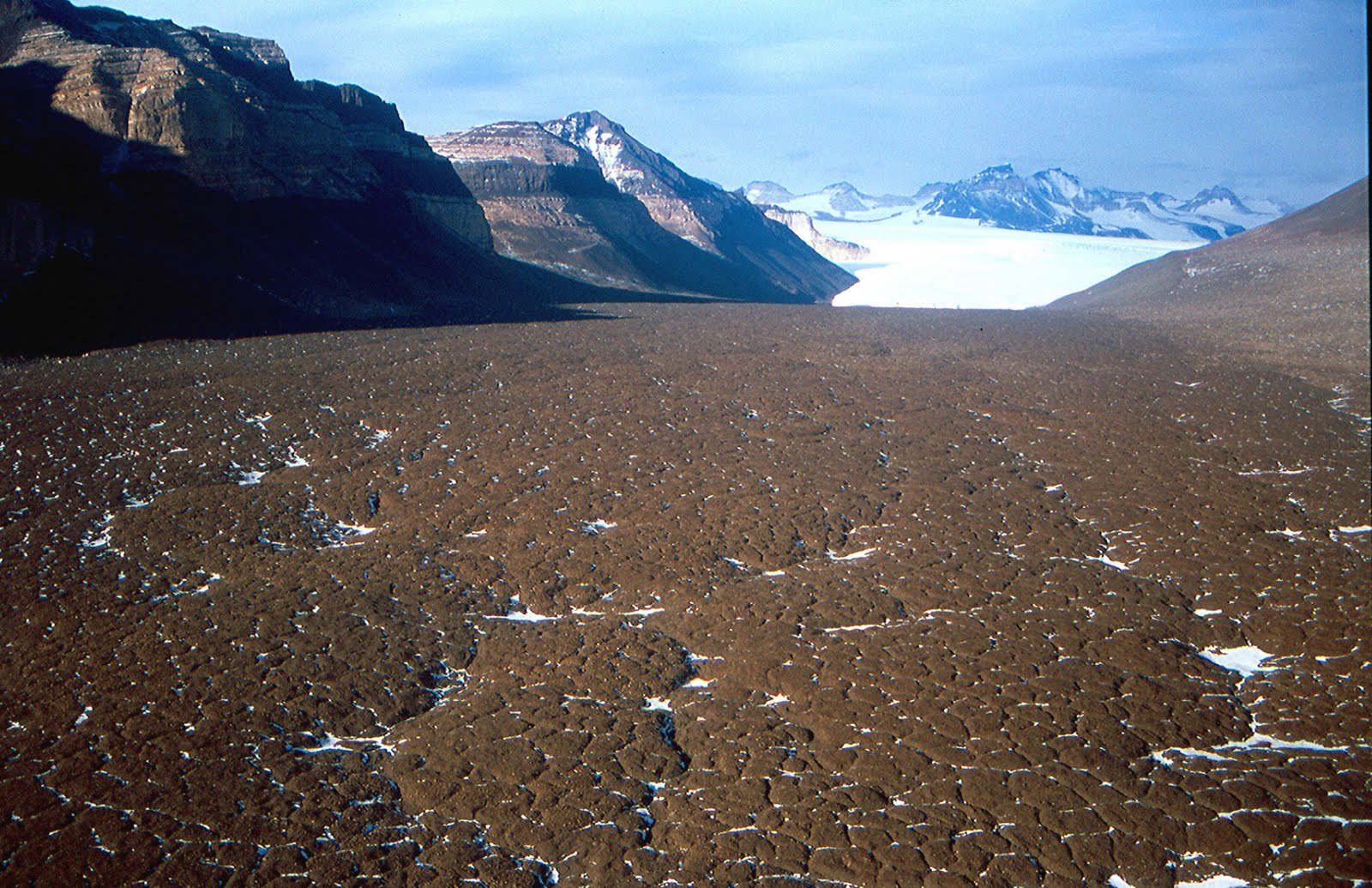
The Blue Lagoon is located 45 minutes outside of Reykjavik in the middle of a desolated lava field. Relaxing in this warm, glowing body of water, surrounded by the barron, subliminal landscape of Iceland is like taking a bath on Mars. The blue waters of these bubbly hot pools reach a comfortable 98-102 degrees. These waters come from deep within the earth, where they are heated to extreme temperatures before bursting to the surface. The bottom of the pool is now capped with a cement-like floor.this natural pool is composed of 65% sea water and 35% fresh water, rich in algae and silicon (the mineral that gives the lagoon its unusual turquoise colour). The temperature of the lagoon is around 30-35 ° C, and reaches 70 ° C in the vicinity of the geothermal plant, where the water is twice as salty as seawater.Drills are used to extract steam from the ground (from depths of over 2000 metres) to supply electricity and heating for the whole of Reykjanes peninsula and the city of Reykjavik. 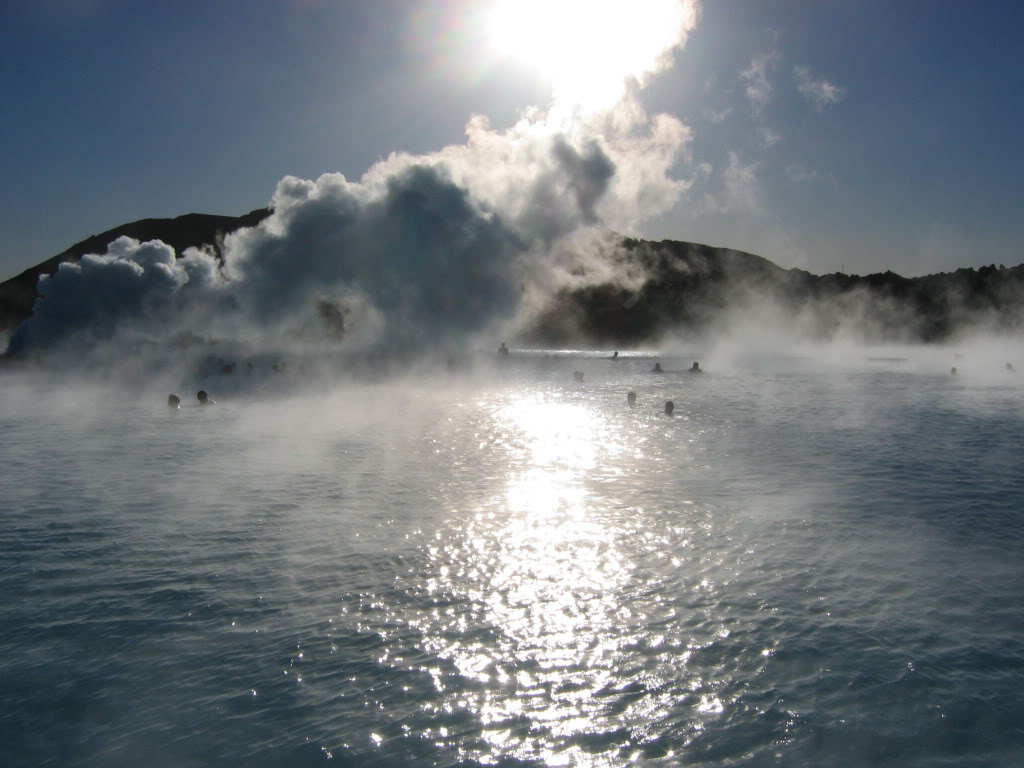
Eye transplants to cure blindness have taken a step closer after scientists managed to 'grow' a retina in the laboratory for the first time. Researchers were amazed when stem cells in a test tube spontaneously organized themselves into a complex structure that resembles the developing embryonic eye. The surprising development could lead eventually to whole retinas being cultured and then transplanted, restoring sight in the blind and visually impaired. The researchers first cultivated embryonic stem cells in a test tube and then added proteins to trigger them into developing. They hoped that they would form a recognizable organ but were still stunned when over 10 days they clustered together and began to grow the "optical cup" of a retina.
Tests showed that the cells were functioning normally and were capable of communicating with each other. The research was done on mouse eyes. They hope that within 10 years to be able to start clinical trials on retina implants. It is a landmark not just for the retina but for regenerative medicine as a whole.
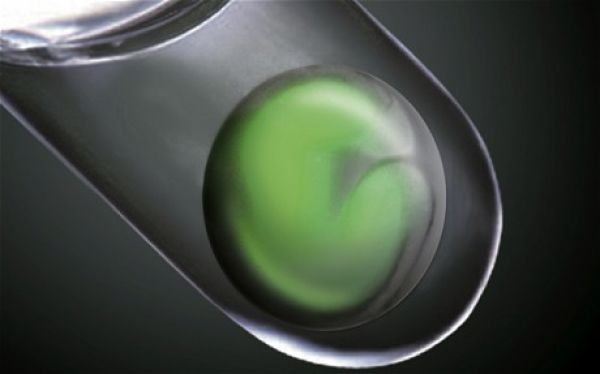
We have 68 guests and no members online